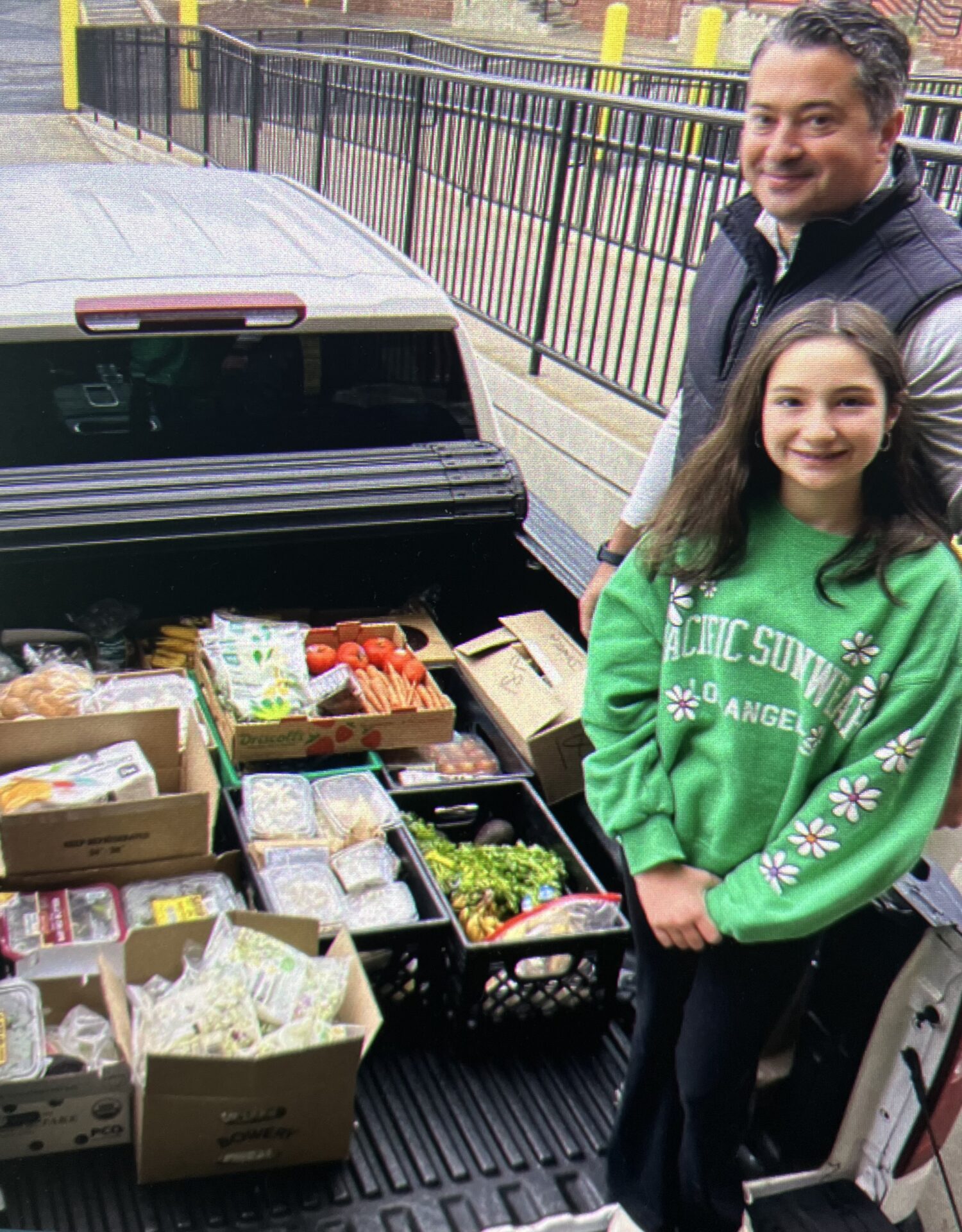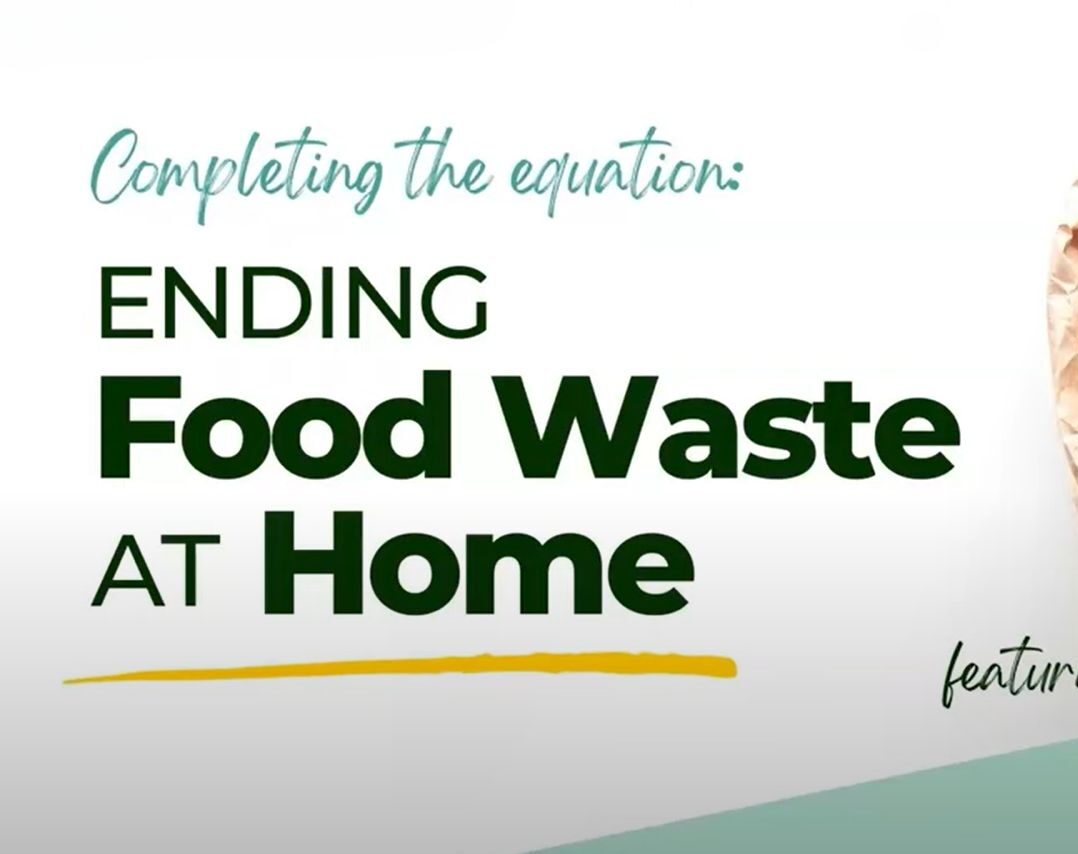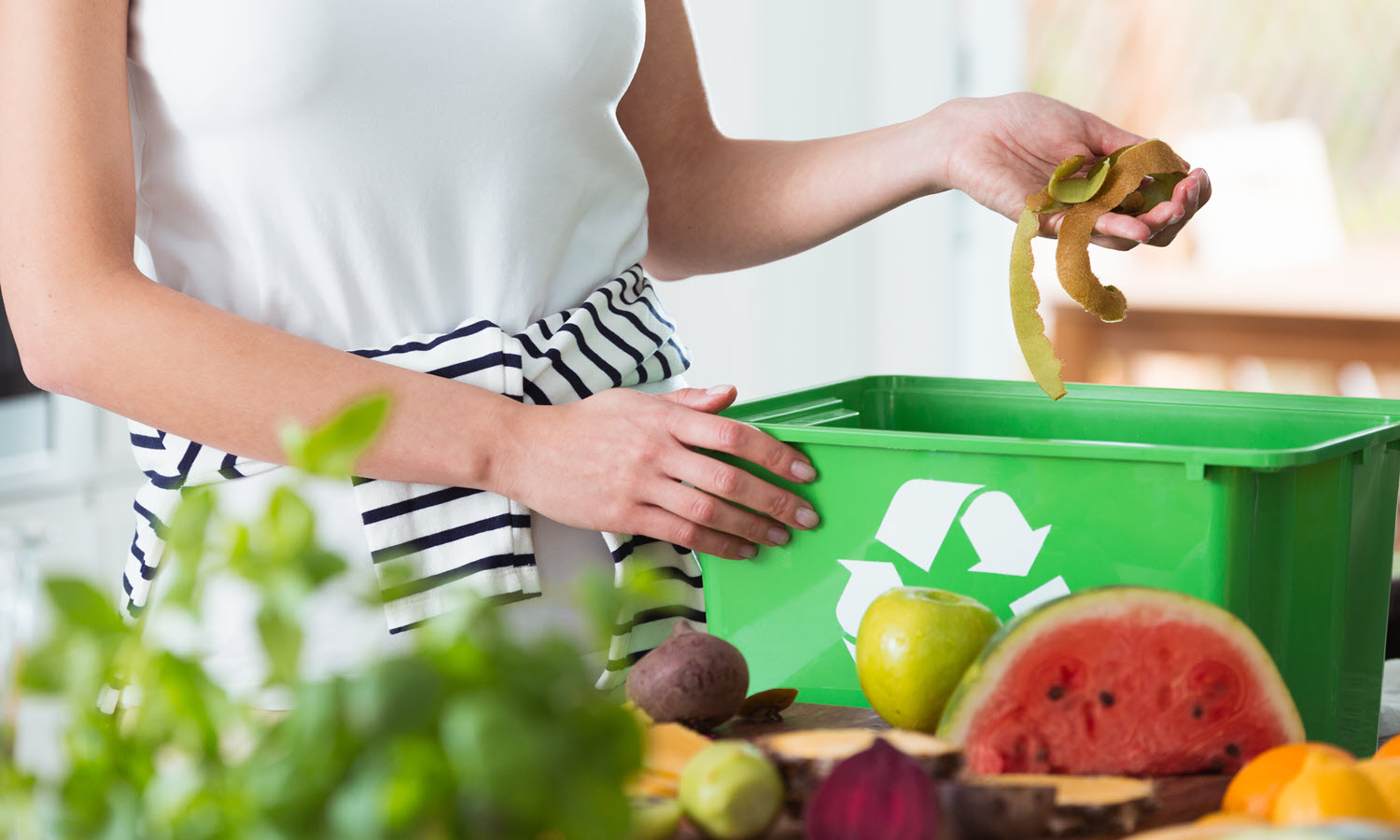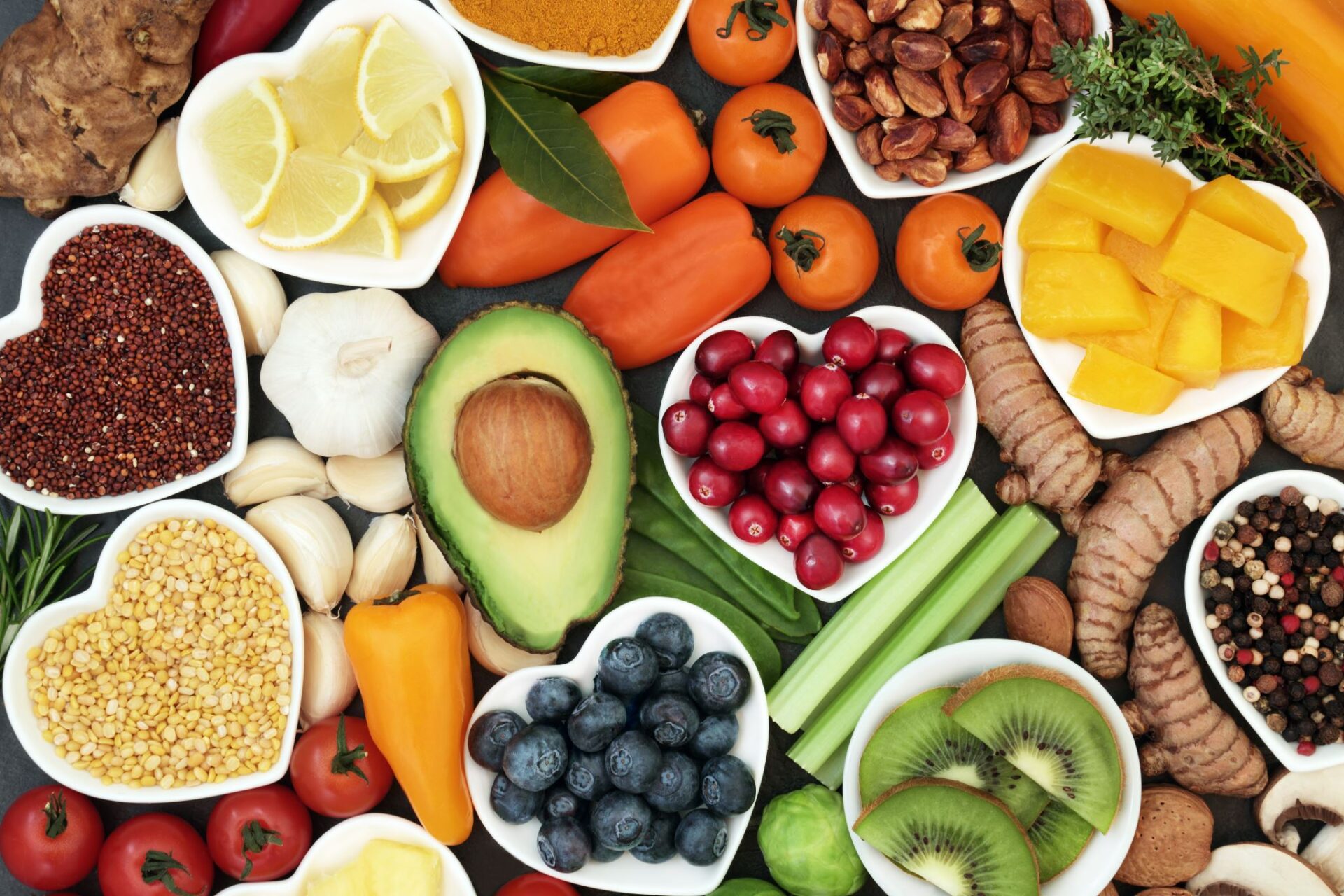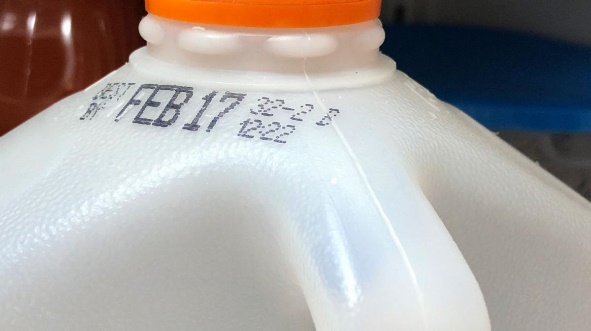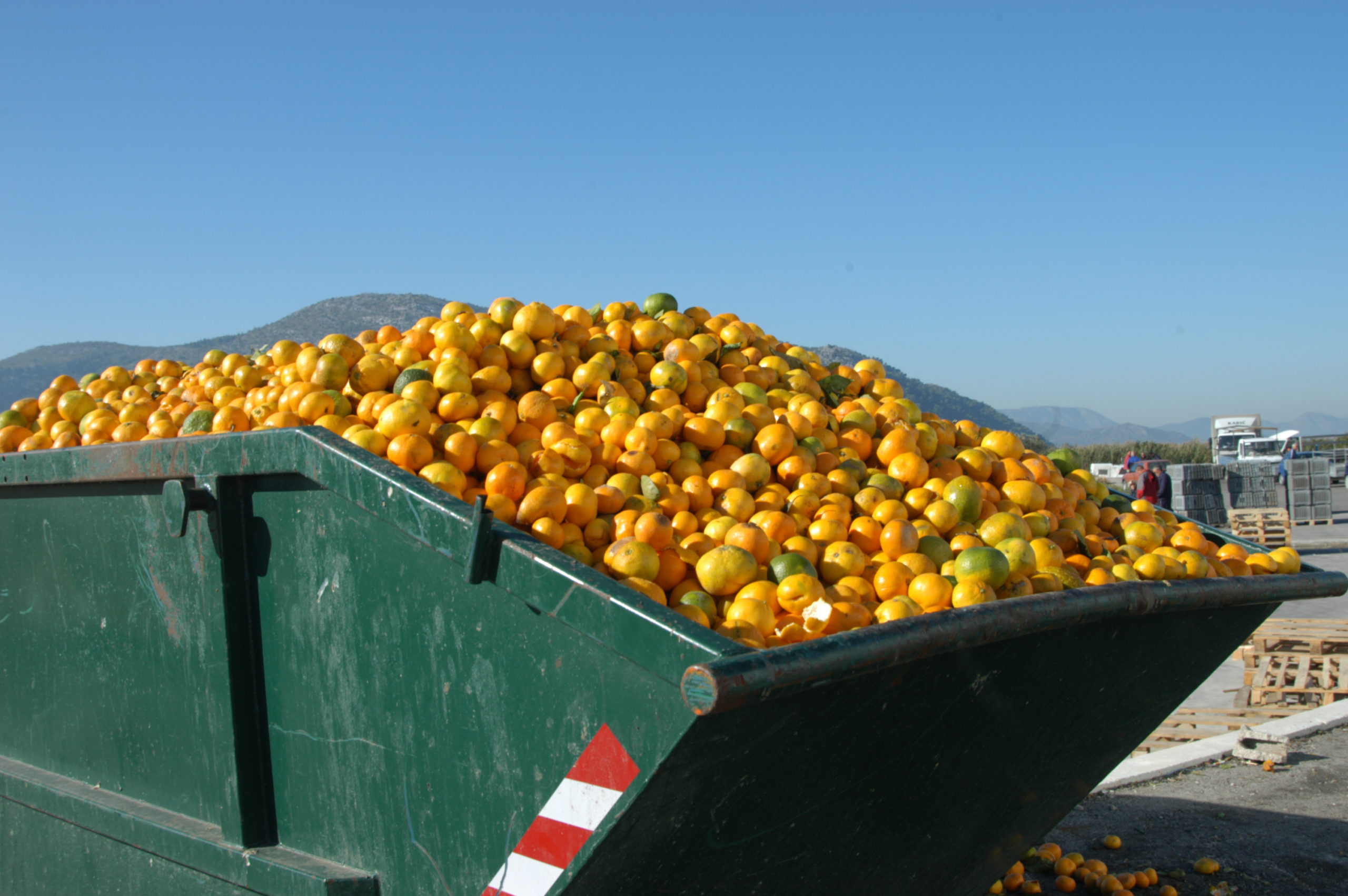
Blog
Food Rescue and The Law
Recent news that France will enforce a strict food rescue law that mandates all grocery stores donate unsold food to charity has caused quite a stir. According to The Guardian, the law will require:
- All grocery stores and supermarkets to donate excess food to a charity
- Large markets (4305 sf or larger) to sign formal agreements with non-profits by July 2016
- All food must be sent to charities and in “ready to use” condition
- Stores must discontinue the practice of destroying food, often done by pouring bleach in food bins.
- Food too unsafe to eat will be donated to farms for compost and animal feed
It is a zero tolerance measure that will include fines up to $83,000 US and possible jail time. Future measures will likely require schools to donate excess food, and education measures are expected for homes, schools and businesses. In February, France moved to have “best by” dates removed, as they are confusing to consumers and completely arbitrary and determined by the manufacturer.
The fact is in 2012, the European Union and the United Kingdom began looking at a number of ways to reduce food waste, setting a goal of decreasing it 50% by 2020. To date, the UK has implemented an extensive campaign to increase public awareness and has had quick gains. Avoidable household waste has been reduced 18% in just 5 years and 53 food retailers and brands having signed a resolution to reduce waste in their facilities all through education.
There’s been a call for a similar law here in the US since the announcement of France’s law. It’s good to know some states are already addressing food waste head on. California, Arizona, Oregon and Colorado all have laws allowing tax credits for companies that donate left over food to state food banks. A California Farm to Table program has saved 17 million pounds of potatoes since 2010. The EPA is rolling out a plan nationally, Food: Too Good to Waste, that is currently up and running in Seattle, Iowa City, Oakland, and Honolulu, to educate consumers on how to reduce waste.
While many organizations, companies and even state governments have taken it upon themselves to participate in food rescue and donation efforts to organizations like Table to Table, the truth is that an estimated 40% of the food in the US is wasted. The US produces enough food for every person on Earth to eat 2700 calories per day. Yet, worldwide 842 million people go to bed hungry, 14.3% of American households are food insecure (2013) and $165 billion of unused food is thrown away. More food takes up space in landfills than paper and plastic, 35 billion tons in 2012. If just 15% of that food was rescued it would feed 25 million Americans. Saving 30% of our food would nearly eliminate food insecurity all together.
As a top producer of food in the world, the US must address a number of food waste challenges. There are at least 8 spheres of inefficiency within our food supply chain, three of them; retail, food service and household make up 50-60%. While food waste in grocery stores and supermarkets make up about 10% of the total, their practices directly affect households in the food waste cycle. Consumer consumption is where 40-50% (some estimates are as high as 61%) of the losses in food come from annually. Americans waste, on average, $1600 per year per household (family of 4) on food in our refrigerators that is left to rot or is mistaken for rotten. The sell-by, best-by and use-by dates on foods as in the EU and UK, are created by the manufacturers and cause confusion for consumers. In the US the dates have no federal regulation other than to use a month and a day, the year as well if the food is frozen, when dating food. Stores will often get rid of items 2 to 3 days prior to a sell-by date just to avoid confusion, which contributes in a significant way to the waste numbers. It’s estimated that food retailers discard $2300 worth of perfectly good food daily. Of course, all that waste means higher food sales for the food industry so there is little incentive to make changes to how food is ordered.
To be fair, sales aren’t the only driving force behind dating and discarding food arbitrarily. Creating a sense of unlimited abundance in the aisles, displays, and prepared foods counters meets the consumers’ demand that a store be well-stocked and provide the best of the best. In order to accomplish the appearance of abundance about 1 in 7 truckloads of perfectly good, perishable food is thrown away.
Then, there is the problem of abundance and the plate. Restaurants contribute to the food waste problem in similar ways to grocery stores in an effort to appear more lavish. Large plates and glassware need more food to make them look full, a phenomenon called the Delboeuf Illusion. To make the plate appealing, portion sizes are 2 to 8 times larger than the FDA or the USDA recommend. Pizza grew 70% in calories from 1982 to 2012; the Caesar Salad doubled in calories and the innocent chocolate chip cookie has quadrupled. These growths don’t just contribute to our waists but to our waste as well. Sadly, fuller plates lead to more leftovers as 17% goes uneaten, 55% of that is not taken home and instead thrown away.
Fast food isn’t any better. Freshness standards at fast food chains contribute largely to the waste seen in this category. McDonald’s standard for french fries is 7 minutes then they are thrown away, burgers can sit for only 20 minutes. Time limits like these contribute 10% of their total waste. In New York City, 29.4 tons of organic garbage is picked daily, the bulk of it is half full fast food containers.
We’ve always seen food donation and food rescue as a sensible solution here at Table to Table, so much so, we’ve been working at it for 15 years and over 90 million meals. Donating to food rescue programs will make a difference in turning the tide of food waste in this country. So much more can be done in the grocery store, restaurants and at home. Kudos to the French, the European Union, the UK and the many, many corporations and organizations that make reducing food waste a priority. With thought and planning we can save our environment while at the same time providing fresh and nutritious food for everyone.
More From News
April 16, 2024
Q & A With Julie Kinner
April 15, 2024
Reducing Food Waste Everyday
February 28, 2024
Table to Table Tips for Reducing Food Waste
REAL PEOPLE, REAL STORIES.
February 12, 2024
Helpful + Tasty Ways to Stay Heart-Healthy
In addition to celebrating Valentine’s Day, there’s something else to love about the month of February! It’s also American Heart Month, a...
January 18, 2024
By Being in the Know, You Can Reduce Food Waste
Reducing food waste is a critical part of our mission and work at Table to Table. By rescuing fresh, nutritious food that...
August 21, 2023
This Fall, Choose Culinary Excellence that Helps Our Community
Indulge your senses and make a difference in the lives of our hungry neighbors in New Jersey by attending the highly anticipated...








